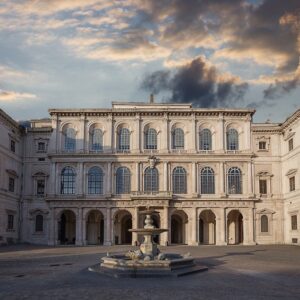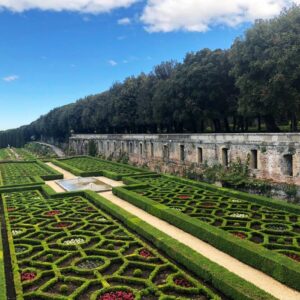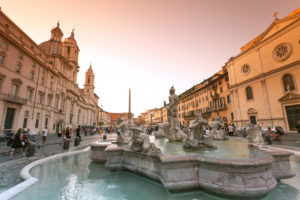The aqueducts of Rome are the aqueducts that have supplied or still supply the city of Rome with water since Roman times, a total of 16: 11 ancient and 5 modern.
Today we will talk about the famous Virgin Aqueduct. It probably takes its name from the purity and freshness of its water, although an evocative legend has it traced back to the maiden who pointed out the place of the springs to the soldiers in charge of the search.
The Aqua Virgo was the sixth of the eleven ancient Roman aqueducts. Restored in the Renaissance and renamed Aqua Virgo, it is still functional today. Don’t miss the chance to visit it with one of our Rome Tours.
Like the Aqua Iulia, it was built by Marcus Vipsanius Agrippa, a faithful friend, collaborator, general and son-in-law of Augustus, and was inaugurated on 9 June 19 BC. Its main function was to supply the Baths of Agrippa in the Campus Martius.
The history of Aqua Virgo aqueduct
Aqua Virgo originated from springs in the Agro Lucullano, near the 8th mile of the via Collatina, in the present-day locality of Salone, and ended in Campo Marzio after a mainly underground route of over 20 kilometres. Starting therefore from an area south-east of Rome, it entered the city from the north, after making a wide arc. It followed the via Collatina to the locality of Portonaccio, where it crossed the via Tiburtina. The aqueduct crossed the Fosso della Marranella on arches at its confluence with the Aniene. A large elevated section, 320 metres long, built in tuff reticulated work, is visible here. Then the Aqua Virgo headed towards the Nomentana and the Salaria then, bending southwards, it crossed the Villa Ada and Parioli areas, passing under the nymphaeum of Villa Giulia, and entered the city near the Muro Torto.
A piscina limaria (decantation tank) was located near the Pincio slopes, where the ancient conduit is accessible via a scenic spiral staircase built during the Renaissance. At Via due Macelli the path becomes open and continues on arches. Impressive remains can be seen inside the ‘Rinascente’ at Via del Tritone and at Via del Nazareno.
FARES:
Adult: € 4,00 ; Reduced: € 3,00















